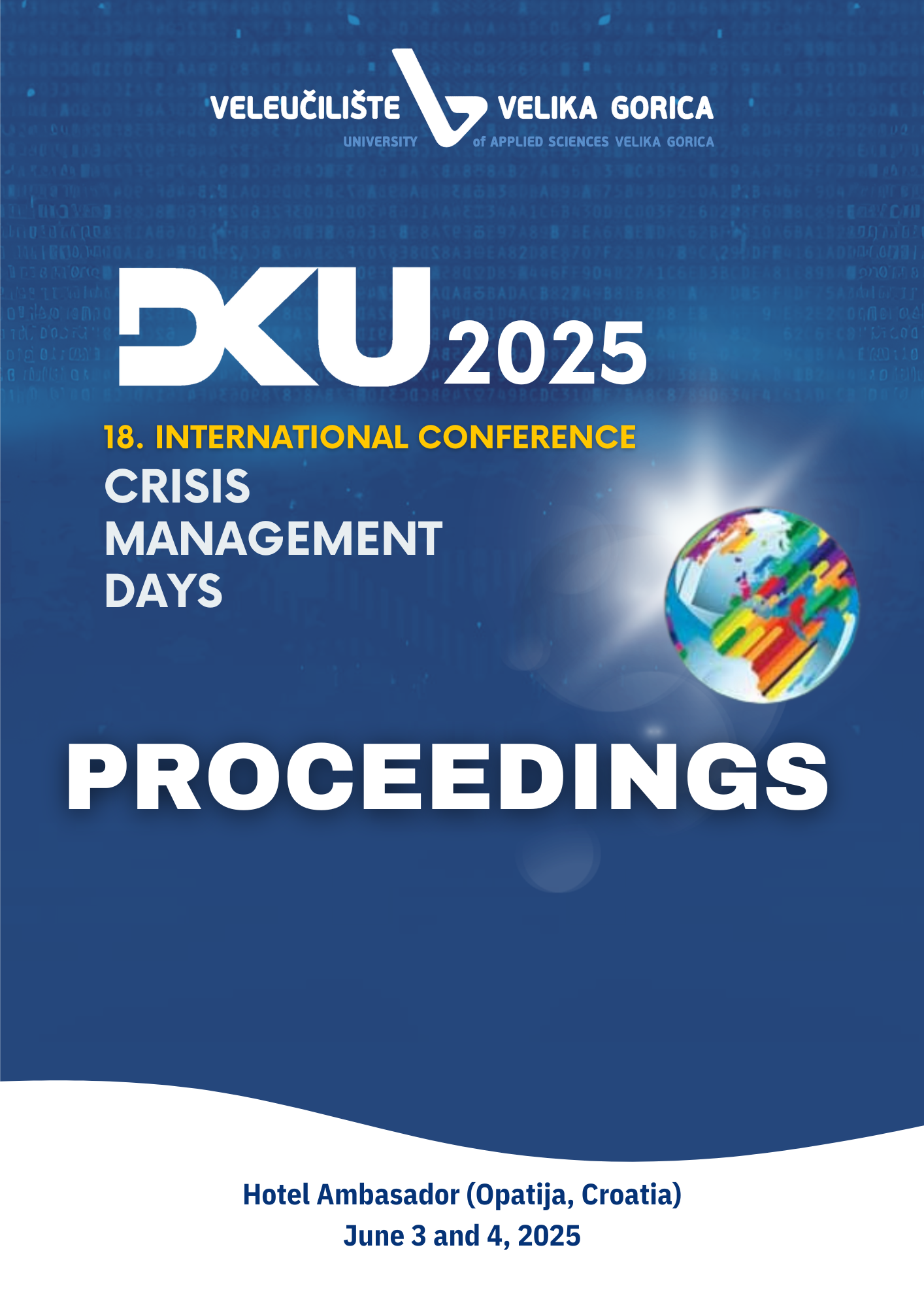How Culture and Cultural Practices Contribute to Disaster Risk Reduction in the Local Community: Evidence from Zagreb County
Published 2025-11-16
Keywords
- local community, culture, NGO, risk disaster, resilience
How to Cite
Copyright (c) 2025 Jadranka Dujić Frlan

This work is licensed under a Creative Commons Attribution-ShareAlike 4.0 International License.
Abstract
Cultural practices and amateur cultural associations play a crucial role in reducing disaster risk within local communities. They strengthen social cohesion and solidarity, enabling a faster and more effective response in crisis situations. Cultural activities transmit traditional knowledge on resilience to natural and social challenges and raise awareness of risks and the importance of prevention through artistic expression. Additionally, cultural organizations often mobilize volunteers and resources necessary for crisis response and serve as intermediaries between institutions and citizens. After disasters, culture aids in the psychological recovery of the population by providing a space for expression and collective community renewal. Cultural centers and spaces can also serve as temporary shelters or logistical hubs for aid distribution. Active citizen participation in civil society organizations focused on culture requires continuous support from local governance structures and adequate funding for their work. Integrating cultural initiatives into disaster management strategies enhances the resilience of local communities and contributes to long-term sustainable development and the strengthening of social cohesion.
References
- Aldrich, D. P. (2012). Building resilience: Social capital in post-disaster recovery. University of Chicago Press.
- Chamlee-Wright, E., & Storr, V. H. (2010). The political economy of Hurricane Katrina and community disaster recovery. Edward Elgar Publishing.
- Council of Europe. (2005). Framework Convention on the Value of Cultural Heritage for Society (Faro Convention). Council of Europe.
- ICCROM & FAR. (2020). Culture cannot wait: Heritage for peace and resilience. International Centre for the Study of the Preservation and Restoration of Cultural Property.
- Labadi, S. (2018). Heritage and resilience: Issues and opportunities for reducing disaster risks. International Journal of Heritage Studies, 24(7), 701–716.
- Mercer, J., Kelman, I., Taranis, L., & Suchet-Pearson, S. (2010). Framework for integrating indigenous and scientific knowledge for disaster risk reduction. Disasters, 34(1), 214–239.
- Norris, F. H., Stevens, S. P., Pfefferbaum, B., Wyche, K. F., & Pfefferbaum, R. L. (2008). Community resilience as a metaphor, theory, set of capacities, and strategy for disaster readiness. American Journal of Community Psychology, 41(1–2), 127–150.
- Oldenburg, R. (1999). The great good place. Marlowe & Company.
- Putnam, R. D. (2000). Bowling alone: The collapse and revival of American community. Simon & Schuster.
- Shaw, R., & Takeuchi, Y. (2012). East Japan Earthquake and Tsunami: Lessons in risk communication. In R. Shaw & Y. Takeuchi (Eds.), East Japan Earthquake and Tsunami: Evacuation, communication, education and volunteerism (pp. 1–17). Springer.
- UNDRR. (2015). Sendai Framework for Disaster Risk Reduction 2015–2030. United Nations Office for Disaster Risk Reduction.
- UNESCO. (2019). Operational principles and modalities for safeguarding intangible cultural heritage in emergencies. UNESCO.
- UCLG. (2015). Culture 21: Actions—Commitments on the role of culture in sustainable cities. United Cities and Local Governments.
- World Bank & UNESCO. (2019). Culture in City Reconstruction and Recovery (CURE). World Bank and UNESCO.

